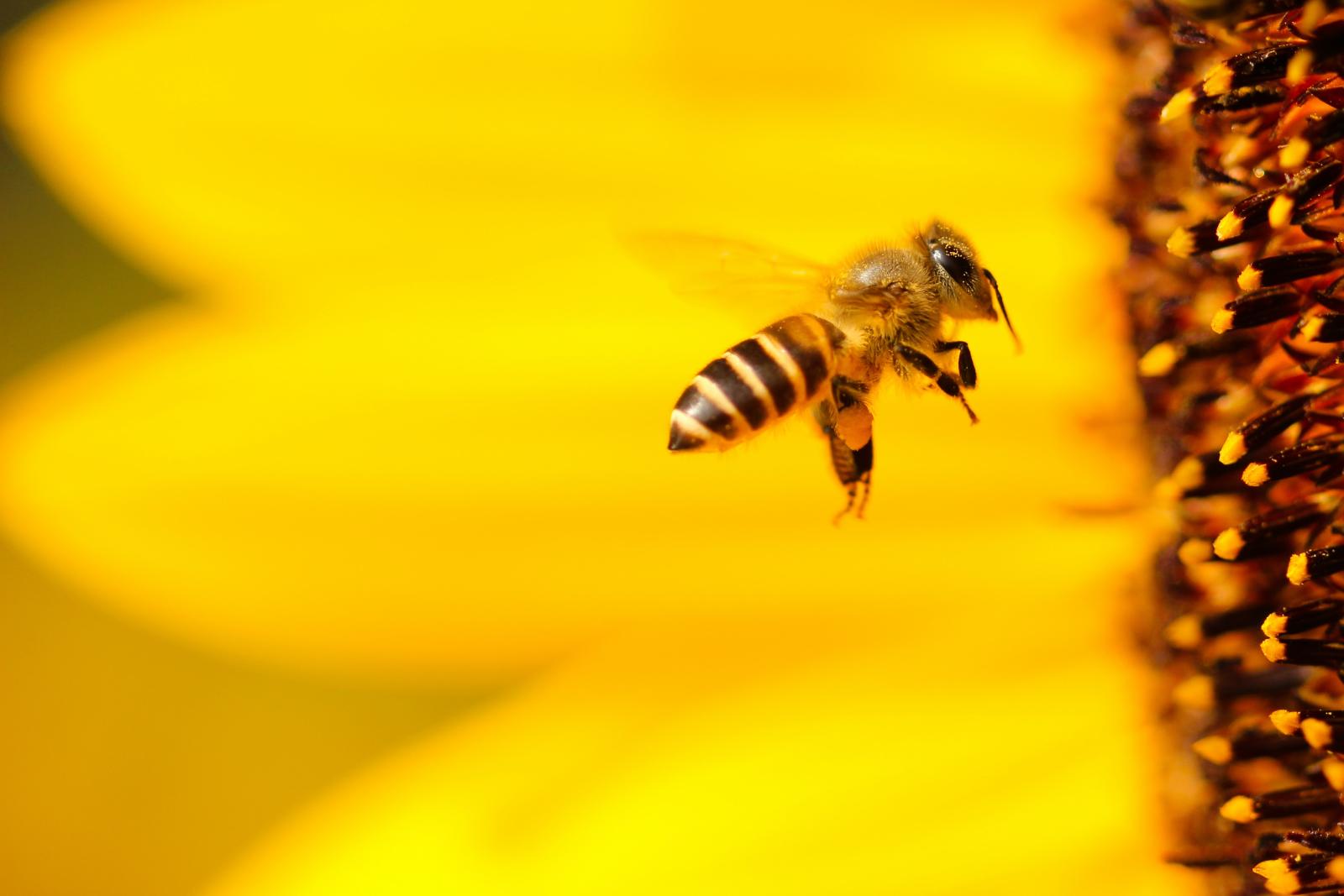In the globalised environment, the interconnection and interdependence of economies enable pathogens to spread in unprecedented ways and extents. Human to human transmission (close encounters of the first kind) occur with pathogens that are well adapted to the human host, and spread between countries and continents. In a similar way, pathogens spreading between animals (close encounters of the second kind) spread not only within a farm, but also between different farms, due to trade, or live animals or vector movement, in a transboundary manner.
Close encounters of the third kind are those that enable pathogens that are maintained in the animal reservoir to cross the species barrier and infect humans. Movement of infected people or of the animal reservoir across countries and continents continuously cause outbreaks of emerging infectious diseases, even at great distance from the index case. This has occurred on a global scale with pandemic viruses such as HIV or influenza H1N1, or, to a minor extent, with the diffusion of West Nile Virus at a national level, or with minor international spread – so far – as the MERS coronavirus. Certainly, increased awareness and response capacities are essential to the prompt identification and management of these outbreaks. However, greater transparency and the possibility of obtaining diagnostic reagents, viral strains and sequences in a timely manner would enable the scientific community as a whole to efficiently advance in the progression of knowledge. There are now several initiatives that are going in this direction. Initiatives that will be fully operational only if scientists will contribute with their data and materials.
In order to maximise the efforts of the scientific community, another issue that is essential is the capability of the scientific community itself to communicate with stakeholders. Here we need to develop close encounters of the first kind by engaging the general public in several aspects of science and health. This can be done through health festivals that should become part of science festivals worldwide. Scientists also need to continue to engage with other scientists operating in parallel disciplines (encounters of the second kind) to cross-fertilize and expand their areas of knowledge.
Very relevant are also the close encounters of the third kind, which concern communication between scientists and politicians. National and European politicians ultimately allocate funding and are responsible for direction and strategy within a given field. However, politicians’ and health professionals’ decisions are not taken based on the same data. This causes a misalignment between the priorities of the scientific community and those that are brought forward by political will. Politicians’ decisions are influenced by newspaper headlines, by the interests of their constituency, or by the protests or lobbying activity of the interest groups they represent. Thus, an issue that was believed to potentially become a major health issue, which is well managed and kept under control, or does not evolve into a worrisome disease, will be perceived by the media as a hoax or as a result of conspiracy between scientists and Big Pharma.
Scientists and healthcare workers often achieve great results in the identification and diagnosing of novel pathogens. However, media coverage about the escape of a virus from a laboratory, the risk of gain of function experiments with H5N1 viruses or the latest news on the inefficacy of Tamiflu, saturate the interest of the political establishment, and above all causes cuts in funding and shakes the credibility of the scientific community as a whole. This determines a loss of both focus and direction, which in turns led to a loss of energy, resources and time.
It seems reasonable that the scientific community understands the importance of establishing a communication channel with the political environment and of being prepared to reject the conspiracy theory or hoax accusation, whenever applicable. Such an approach would bring added value to their work and would enable the medical research community to do a better job for public health.


